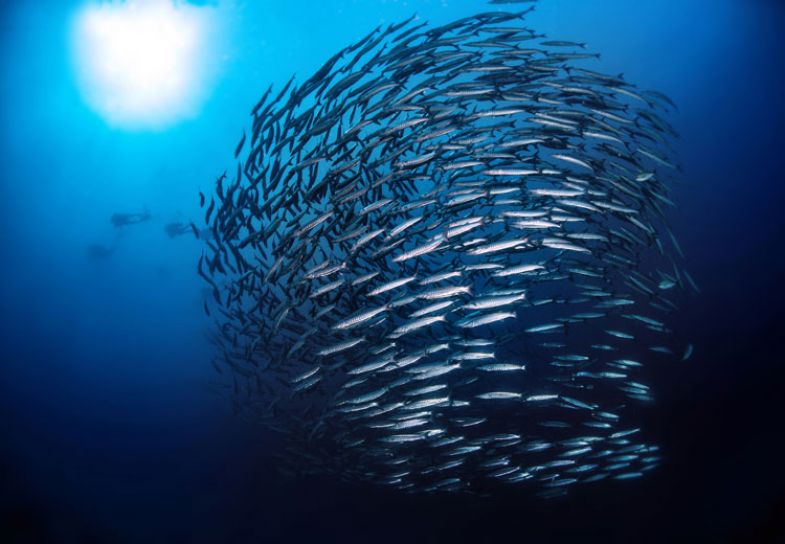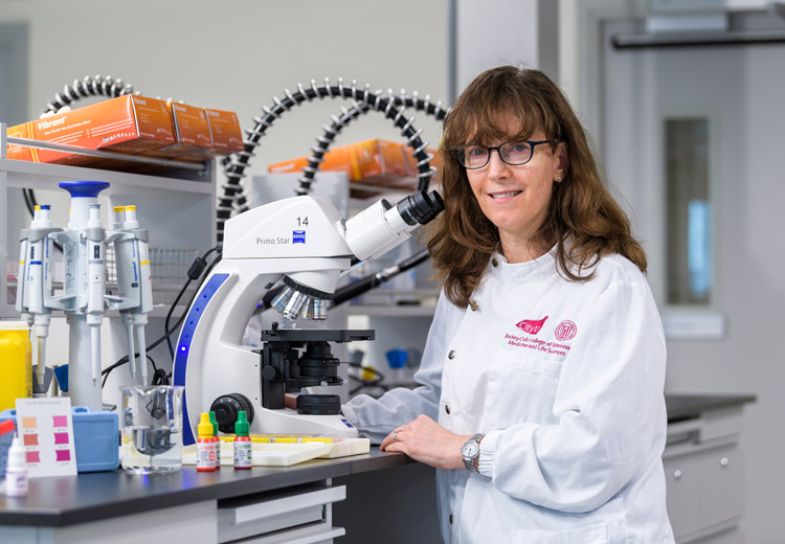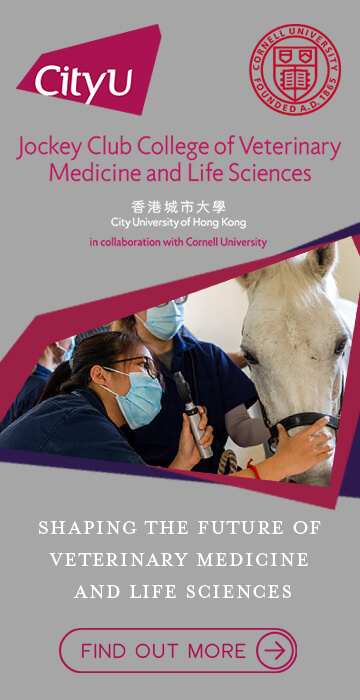
Drug delivery and clean water tech are important tools to curb antimicrobial resistance in fish
In veterinary and human medicine, antimicrobial resistance is growing – and not just among bacteria that infect humans, mammals and birds, but also in fish pathogens
“Bacteria, in general, have become more resistant to common antibiotics over the last two decades,” says Sophie St-Hilaire, a practising vet and professor of aquatic animal health at City University of Hong Kong (CityU). “It’s a scary problem because once bacteria are resistant to drugs it is difficult to treat infections.”
University researchers are working to tackle this problem by investigating the reasons for fish treatment failure and drivers of antimicrobial resistance in Hong Kong. They are also investigating methods to reduce bacterial diseases in aquaculture, including testing technology to clean the water in ponds and recirculating aquaculture systems.
Aquaculture is a burgeoning industry, having grown 527 per cent between 1990 and 2018, according to the United Nations’ Food and Agriculture Organisation. Asia dominates global aquaculture, accounting for almost 90 per cent of farmed aquatic animals. As pathogens such as bacteria become resistant to medication, the drugs people use to control disease on farms no longer work, prolonging illness and sometimes resulting in death.
Thanks to a government grant, CityU has a mobile veterinary clinic to ensure that the fish in the city’s aquaculture farms are healthy. “We are a not-for-profit,” explains St-Hilaire, who is based in the department of infectious diseases and public health. “We have vets that go out to farms to help farmers.”
The clinic is linked to the university, so scholars can investigate concerning cases and trends. As a vet, “I have looked at the different reasons for treatment failure”, says St-Hilaire.
A major reason for treatment failure is the way drugs are administered to fish. “We tend to treat [fish] with medicated feed, so we have difficulty delivering the right dose to the animals,” she says.
Some fish – usually the bigger, healthier ones – eat more of the feed, while the sicker ones that need it most may not get enough. “They become a source of reinfection in the population once the treatment is finished,” St-Hilaire says. Partially dosing sick fish also allows bacteria to evolve and become resistant to the medications. This is likely an important source of antimicrobial resistance.
Additionally, in medicated feed, the active pharmaceuticals are coated on the food and can dissolve in the water if they are not eaten quickly, releasing low quantities of drugs into the environment – another driver of antimicrobial resistance.
“We’ve looked at different coating mechanisms to reduce environmental leaching of medication in aquaculture settings,” says St-Hilaire. “We’re making good progress on this front.”
Keeping fish healthy is also important to curb antimicrobial resistance. “We look at ways of reducing bacterial infections,” she says. “And one of the ways we’ve identified here in Asia is to improve water quality.”
Researchers at the university are testing nanobubble technology, which delivers ozone in tiny bubbles and kills bacteria without harming the fish. “We have teamed up with a government lab in Vietnam and an academic lab in Thailand to assess that technology,” St-Hilaire says.
The team at CityU is also investigating the effects of temperature changes on fish and how it changes their immune system, particularly in light of climate change and a warming planet. “We’re also looking at the temperature effects on pharmacokinetics of treatments” she says.
Hot water and cold water species metabolise medications at different rates so they are given different doses of antibiotics to compensate for this phenomenon. For most antibiotics, there is no guidance on the doses for Asian warm water fish species. That means veterinarians are often left to improvise, she says. Through CityU’s work, the researchers hope to give practical guidelines to vets in the region.
The goal is to support aquaculture by helping farmers care for their fish and making the industry sustainable. And this will become increasingly important as the industry continues to grow.

Sophie St-Hilaire received her veterinary degree from the University of Prince Edward Island, Canada in 1994. She then completed her master’s and PhD in veterinary epidemiology at the University of Saskatchewan and the University of Guelph respectively. She also holds an MBA. St-Hilaire is currently working at City University of Hong Kong. She recently established the aquatic animal health curriculum for the new veterinary programme. She has worked in six countries and has more than 90 peer-reviewed publications. Her research focuses on infectious disease control and prevention in aquaculture.
Find out more about the Department of Infectious Diseases and Public Health and CityU.





